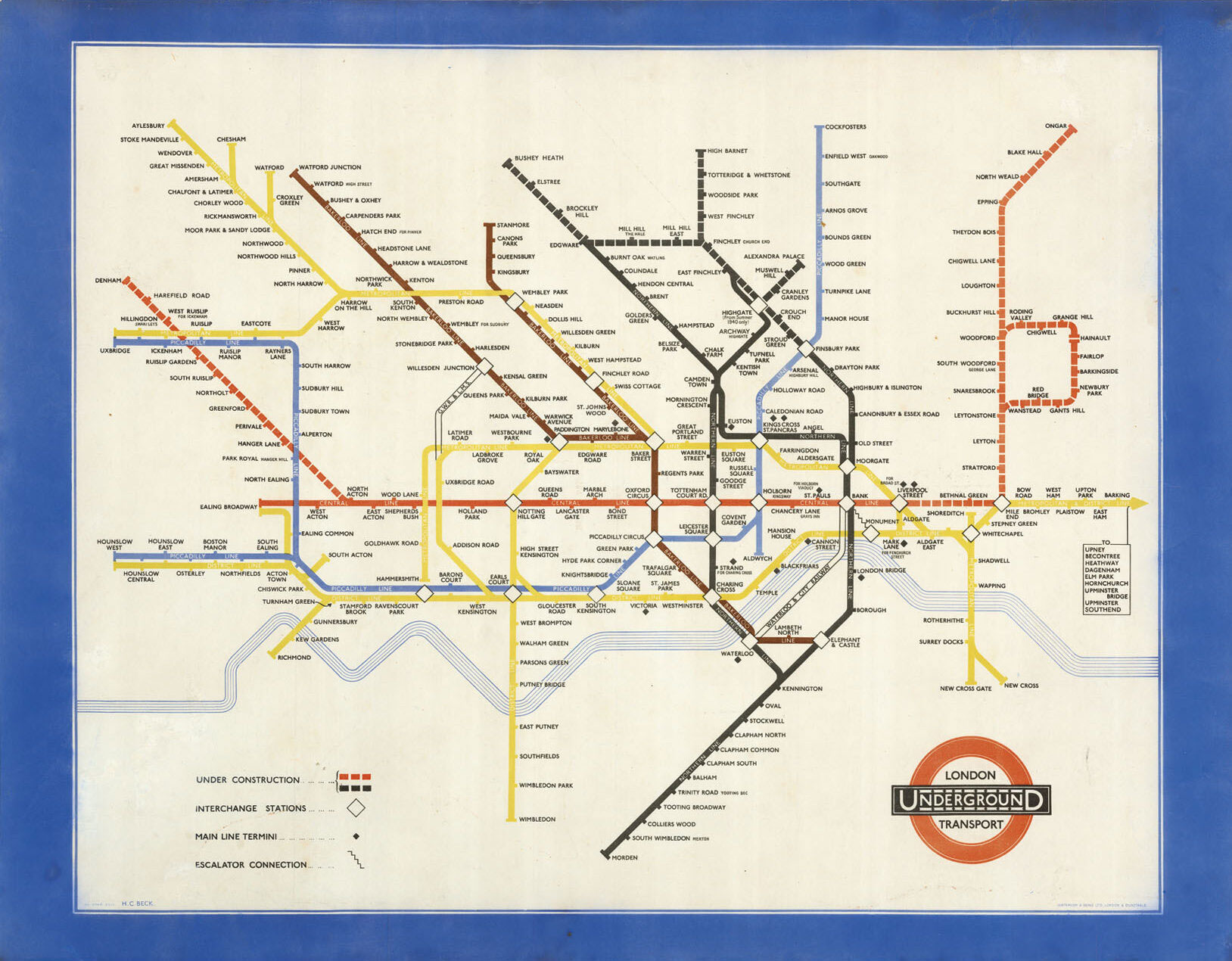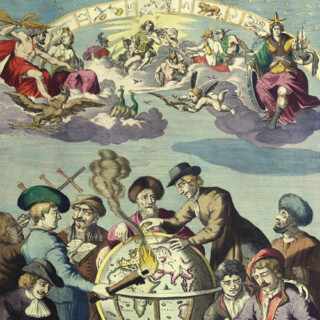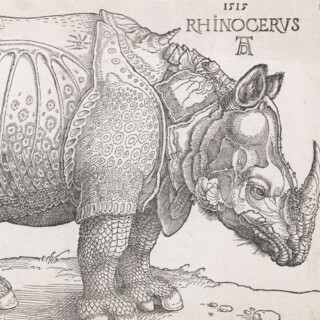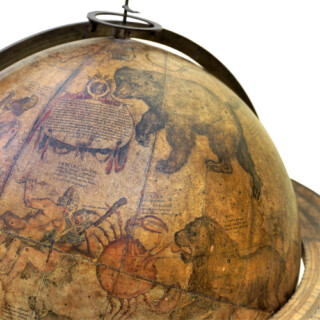Maps of London
The city has been represented in a multitude of forms: London the glutton, purged by fire, the home of the rich as well as the poor, and a refuge and opportunity for strangers; a city not dissimilar to the one we inhabit ourselves.

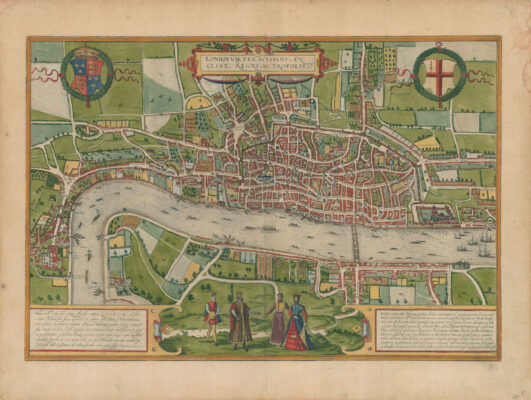 Foreigners, rich or poor, have always been a source of envy and fear, from the ‘non-doms’ in the City to the illegal immigrant or asylum seeker. Yet their influence upon London has been immeasurable, and is borne out by these plans. The Hanseatic League – arguably the first ‘non-doms’ – was responsible for commissioning one of the first maps of London in 1572.
Foreigners, rich or poor, have always been a source of envy and fear, from the ‘non-doms’ in the City to the illegal immigrant or asylum seeker. Yet their influence upon London has been immeasurable, and is borne out by these plans. The Hanseatic League – arguably the first ‘non-doms’ – was responsible for commissioning one of the first maps of London in 1572.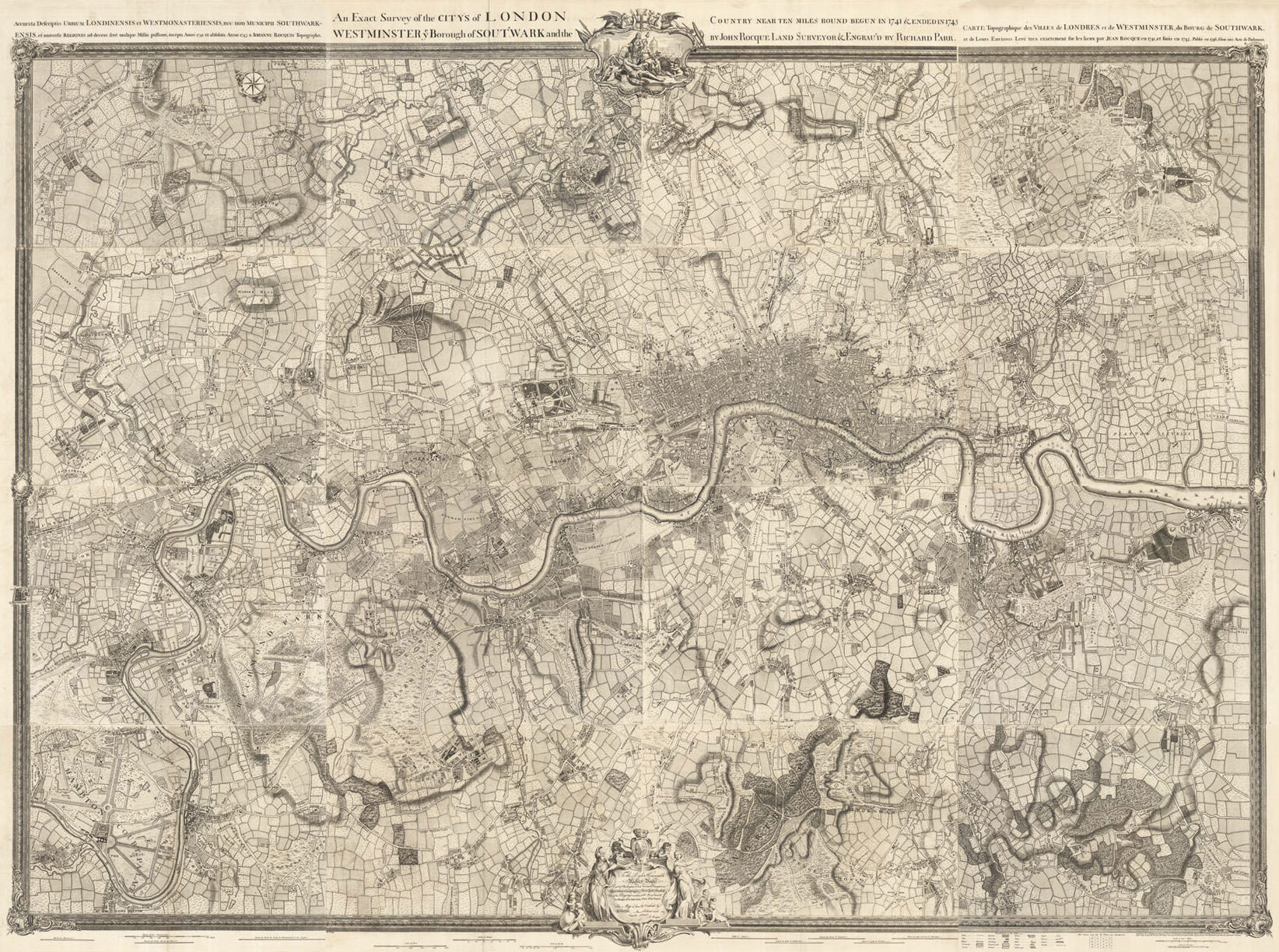
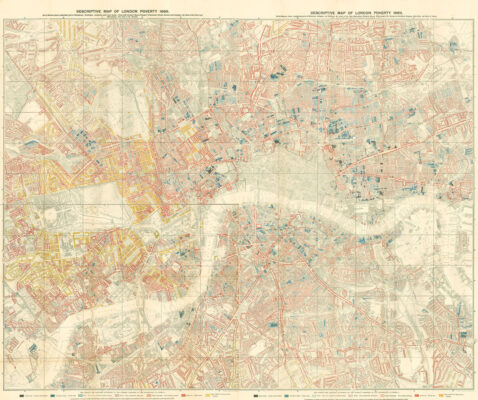 Wealth features prominently in the mapping of the city: from Thomas Porter’s depictions of the riverside palaces of the rich, to the, now lost, aristocratic town houses of the eighteenth century; one of particular note is Arlington House where the first cup of tea was supposedly brewed. The tea must have helped Londoners wash down the vast quantities of food they consumed. Perhaps unsurprisingly, the presence of the poor featured less prominently on the early mapping of the capital, that is until Charles Booth’s landmark ‘Poverty Map’ of 1882, which recorded the distribution of wealth, with the most destitute described unflatteringly as ‘vicious, semi-criminal’.
Wealth features prominently in the mapping of the city: from Thomas Porter’s depictions of the riverside palaces of the rich, to the, now lost, aristocratic town houses of the eighteenth century; one of particular note is Arlington House where the first cup of tea was supposedly brewed. The tea must have helped Londoners wash down the vast quantities of food they consumed. Perhaps unsurprisingly, the presence of the poor featured less prominently on the early mapping of the capital, that is until Charles Booth’s landmark ‘Poverty Map’ of 1882, which recorded the distribution of wealth, with the most destitute described unflatteringly as ‘vicious, semi-criminal’.